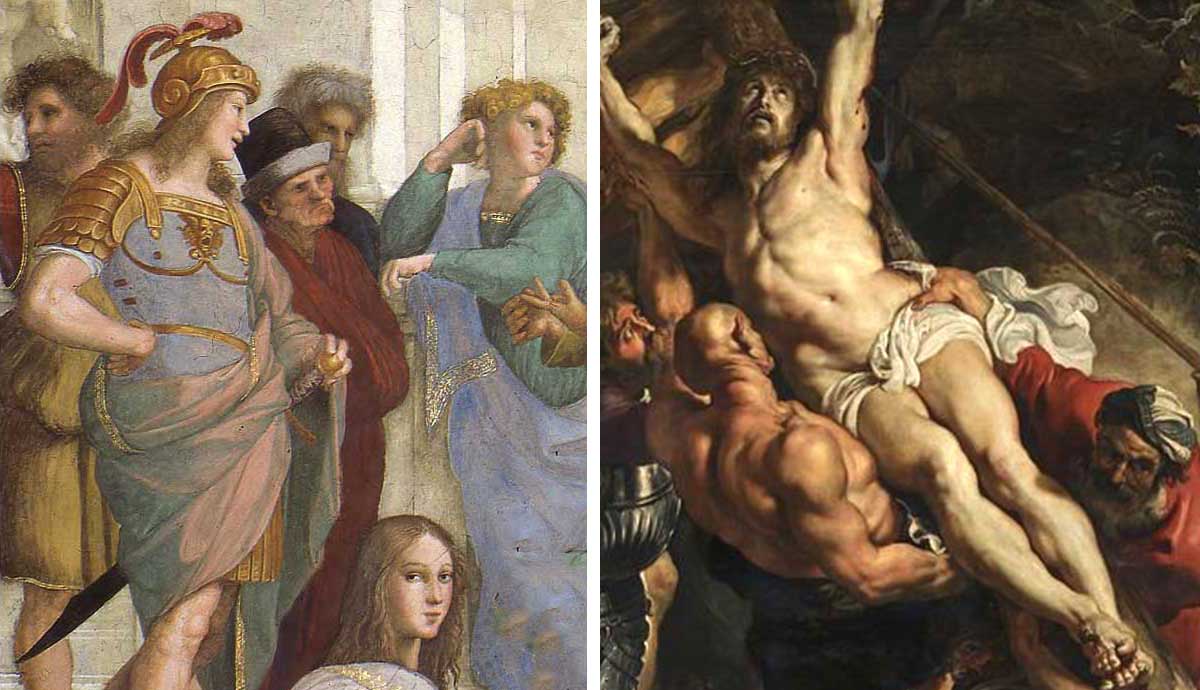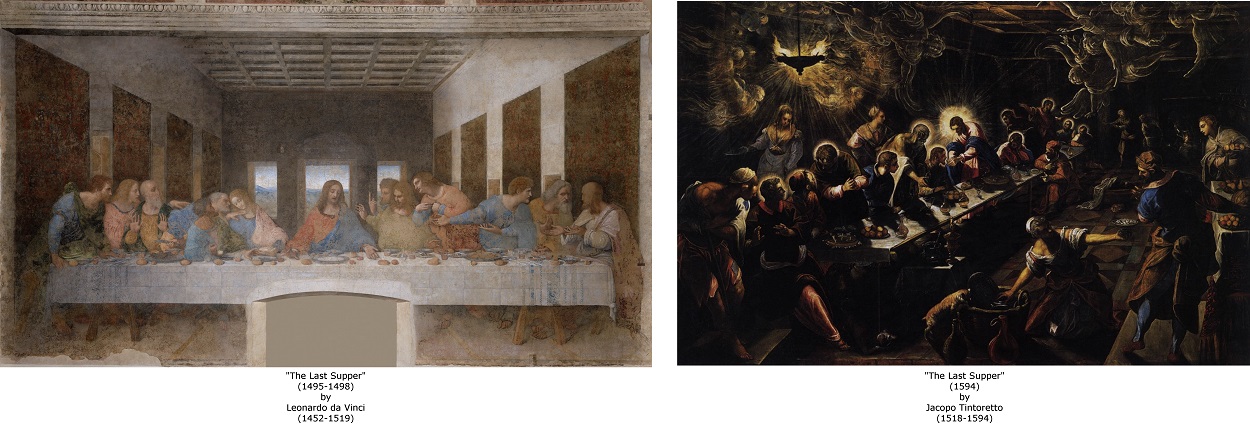Alright, so for ages, I’d walk into a museum, look at those old, fancy paintings, and just nod. Renaissance, Baroque… honestly? It was all a bit of a blur. They both had that classic, you know, old art feel, and I'd just pretend I could tell the difference. It was pretty embarrassing when someone would ask, "So, what do you think of the Baroque elements here?" and I'd just mumble something about "rich details."
Getting My Head Straight: Starting with the Renaissance
So, I decided to actually try and figure this out. I started by really looking at pieces that everyone agreed were "Renaissance." I spent some time with reproductions of stuff by Leonardo da Vinci, Raphael, Michelangelo. What I began to notice was a kind of… calm. Everything felt really balanced and orderly. The people in the paintings, even if they were in a dramatic scene from the Bible or mythology, looked pretty composed, almost serene. Their bodies looked realistic, like the artists really studied anatomy, but also sort of perfect, idealized, you know?
I then read a bit, just some basic stuff, and it clicked. These artists were super into harmony, proportion, and bringing back classical Greek and Roman ideals. Think clear light, smooth lines, and a real sense of stability. The compositions were often very structured, like a pyramid shape or everything leading your eye to a central point without much fuss.

- Focus: Harmony, balance, order.
- Figures: Idealized but realistic, calm expressions.
- Light: Clear, even lighting, not too many harsh shadows.
- Overall Vibe: Stable, graceful, intellectual.
Then Came the Baroque Boom!
Okay, so once I had a bit of a handle on Renaissance, I moved on to Baroque. And wow, what a difference! I started looking at works by artists like Caravaggio, Rembrandt, and Rubens. The first thing that hit me was the drama. It was like going from a calm, quiet library to a full-blown opera.
These paintings were bursting with emotion, movement, and intensity. Forget serene faces; here people were often in agony, ecstasy, or intense action. There was a lot of swirling fabric, dynamic poses, and a real sense of energy. And the light! Oh man, the light. They used this thing called chiaroscuro – which is just a fancy word for strong contrasts between light and dark. It made everything super dramatic, like a spotlight on the main action, with deep shadows elsewhere.
I realized Baroque art was often meant to be awe-inspiring, to really grab you and make you feel something powerful. It was grander, more ornate, and definitely more emotional than the Renaissance stuff I’d been looking at.
- Focus: Drama, emotion, movement.
- Figures: Intense expressions, dynamic poses, often more "real" in a gritty way.
- Light: Strong contrasts, dramatic shadows (chiaroscuro).
- Overall Vibe: Grand, energetic, theatrical, often aiming to inspire awe or piety.
How I (Finally) Tell Them Apart
So, after all that looking and a bit of reading, I came up with my own simple way to make a quick guess. It’s not foolproof, 'cause art history is complex, but it helps me out most of the time.
I ask myself:

Does it feel calm, balanced, and like everyone's holding a pose for a very classy photo? Probably Renaissance. Think clear, even lighting, and a sense of intellectual order. The people look like they've got it all figured out.
Or does it feel like I’ve walked into the middle of a dramatic play, with intense emotions, lots of movement, and spotlights hitting the main characters while the rest is in shadow? Good chance it's Baroque. It's meant to be an emotional punch to the gut.
It’s a bit like comparing a beautifully composed classical music piece (Renaissance) to a thundering, passionate opera (Baroque). Both amazing, but very different feels.
Honestly, just spending a bit of time really looking and trying to spot these things made a huge difference. Now when I see these works, I feel like I can appreciate what the artists were trying to do a lot more. It’s still a learning process, but at least I'm not just nodding vaguely anymore!











